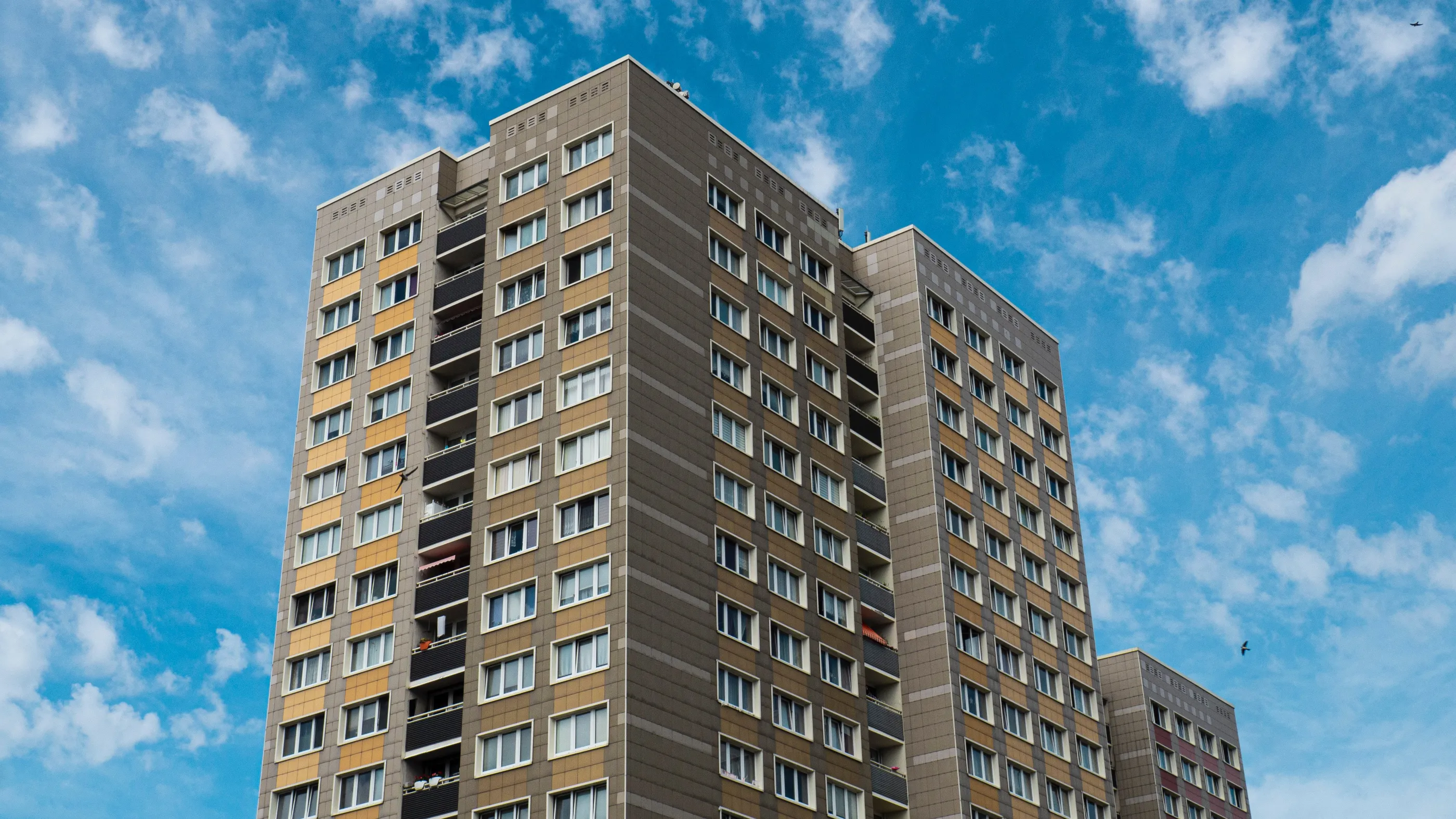Bland Contemporary Architecture
In America, the Bland, Anne Kodé argues that American cities lose their identity because new buildings all look the same. You could say the same for Europe and Australia. Today’s new builds are designed in line with the current gusto for blocky shapes, big windows and bright colours.

But the new developments aren’t bland because of the way they look. As Kodé points out, with housing architecture, beauty seems to be a matter of historical perspective. No, these buildings feel bland because of what they offer, or not, aside from housing.
I grew up in a socialist apartment block. Some of these are fifty years old now, and you can’t sugarcoat their design even with that benefit of history. It’s beyond bland; it’s so functional that you can objectively call it ugly. Yet, it didn’t feel bland or ugly when we lived there. There was space for the kids to play football and for the parents to meet around a barbecue. It was lively; there was community.

In today’s new builds, what do you find on the first floor? Is it a mixed-use building? Are there shops on the street level? If so, what are these shops, what do they offer, and how do they look?
You likely find the same wherever you go in the western world. It’s coffee shops that look like Apple Stores or shops selling instagrammable gift ideas, self-help books, and postcards with fortune-cookie wisdom. It might be a bank branch or an estate agent’s office. They feel bland because they are not from the local community, not part of the local community. It’s investors setting up shop, and if it doesn’t generate enough revenue, they move on. They are generic, devoid of any character, completely interchangeable—bland.
What would this look like if there was a bookshop run by a person living in the area, who loves books, and their children go to the same school as yours? What if it was similar for a coffee shop, bakery and the grocery store? Or what if there was simply space for folks to gather? People would have a relationship with these places; you’d find them there, meeting, chatting, making it a place of community.
That wouldn’t feel bland, would it?